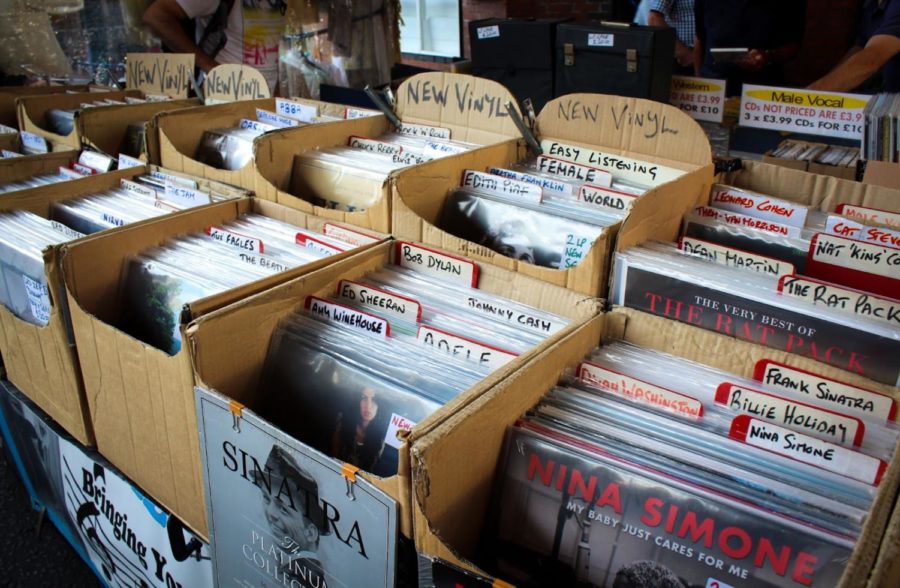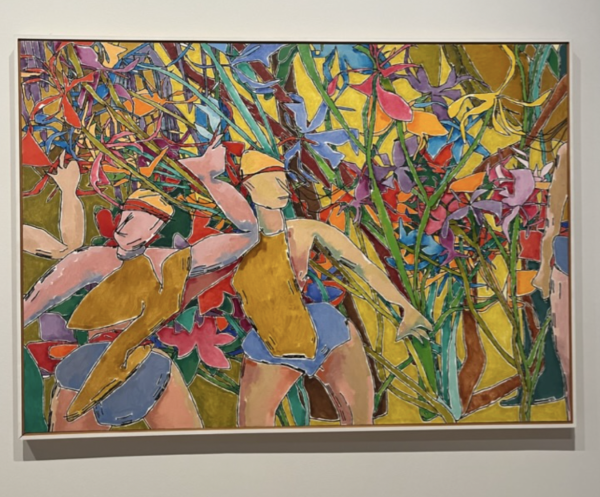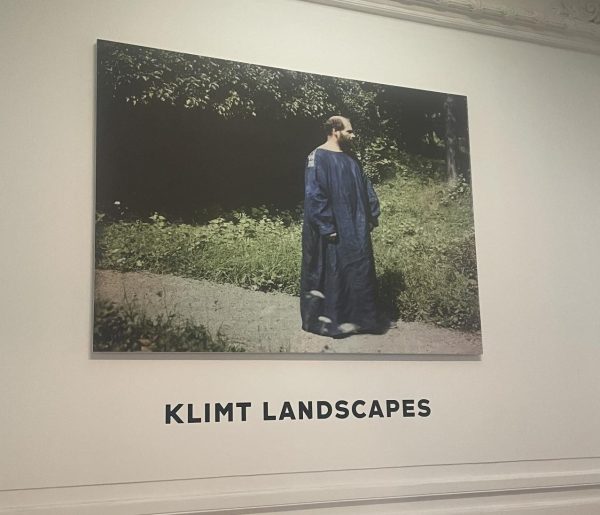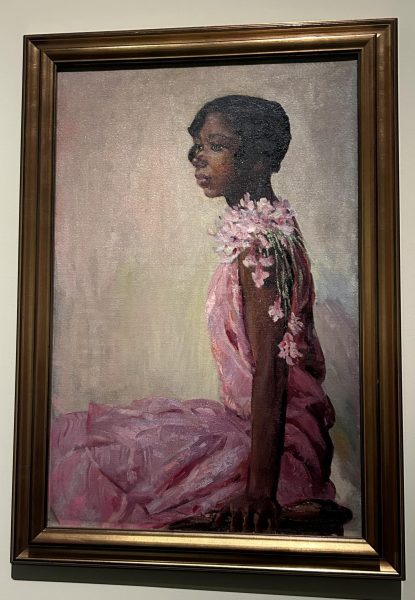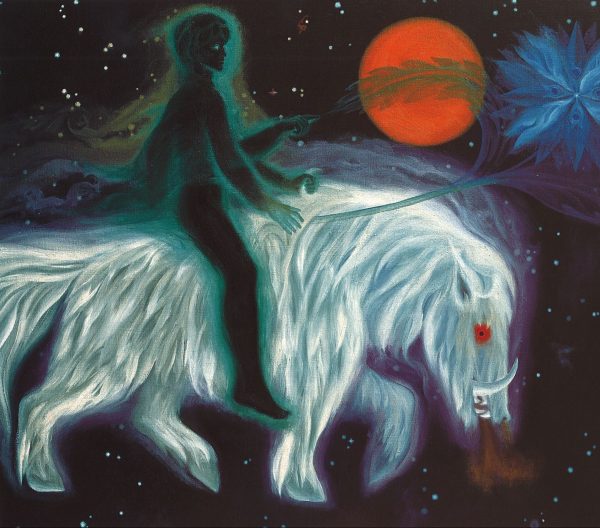Doo Wop Ba Doo Ba British Soul: Soul Music’s Journey and Transformation From the U.S. to the U.K.
British Soul’s origin and impact on music culture in the 20th century.
Photo by Alano Oliveira on Unsplash
“Unlike when it was first heard in Britain in the ‘60s, soul music is literally a part of all aspects of pop culture. Not only the sampling of classic soul tunes by British rap and hip-hop artists but the use of soul music in TV commercials, films, etc. is everywhere,” David Nathan said.
Soul music – the name alone is enough to embody the indelible mark it has left on popular culture and establish itself as the essence of human experience. Like many defining cultural movements, soul’s popularity grew in parallel to the Civil Rights movement — the focal movement of the Boomer generation — and gained a wide audience of hopeful, young Americans inspired by social activism and justice.
In a world of vivacious 1950s and 60s pop narratives that seldom applied outside of young White audiences, soul music emerged from the gospel church intimately with songs about faith and Black culture, acting as an outlet for young Black Americans to form communities. However, globalization and style transformation, along with the rise of Disco and Funk in the 70s, stunted its scope of impact in the United States. The decline of civil activism and the rise of the law and order movement, which reinstated White cisgender narratives as the leading authority, also hindered the movement nationally.
Despite this, soul music became ingrained into U.K. culture. It would continue to influence contemporary artists in their future fusions of soul and hip hop to create subgenres such as neo-soul and R&B. As soul historian and recording artist David Nathan stated, “Unlike some other U.S. derived music forms – hard rock, country, etc. – the themes expressed in soul music have made it truly timeless.”
Soul not only crossed generational and national boundaries but racial ones as well. The complex messaging and raspy vocals inspired many White artists to join the movement, partaking in covers from Black artists. The Beatles’ lead singer, John Lennon, said, “We didn’t sing our own songs in the early days – they weren’t good enough.” Rapid interest in White artists created a sub movement known as “Blue-Eyed Soul,” where singers like Dusty Springfield and George Michael amassed large followings and consistently topped charts. Their substantial success launched the genre into mainstream audiences, but not without controversy. Accusations of artistic plagiarism and cultural appropriation followed suit; “the one thing we always did was to make it known that there were Black originals, we loved the music and wanted to spread it in any way we could,” Lennon continued. Though contentious, Blue-Eyed Soul’s popularity launched the long-lasting legacy of soul music into the latter half of the 20th century when younger Black artists strayed from traditional blues and jazz sounds and began culminating the rap and hip-hop genres with R&B contemporary musical choices.
Nathan noted, “There remains a reverence and appreciation for the original soul artists of the ’60s and ’70s, many of whom perform on a regular basis in the U.K., often more so than in the U.S.! Beyond the music and certainly in global culture, soul music has impacted styles of dress, dance moves, urban slang, etc., more so than any other music genre!”

Many contemporary artists credit soul and the early R&B era to their current modern fusion, with Adele, Amy Winehouse, and Gotts Street Park becoming popular names in the industry. Meanwhile, others still follow a more traditional route. Celeste’s distinct musical choices conflate traditional soul and inspire a nostalgic aura to produce a lasting and unique voice in the sea of conformist pop music. “There are so many interesting things going on in different parts of London where people are innovating their instrument with techniques from the 40s and 60s,” Celeste said in an interview. “There’s this amazing energy.”
Ryan Goldsmith ’22, Co-President of the Modern Music Appreciation Club, acknowledged the universality of soul and its range in contemporary music. He said, “Most artists in the current era are not making soul music in the purely traditional sense of the genre, but rather making music that is influenced by soul alongside multiple other genres. That being said, I do think younger listeners often find the line between R&B and soul to be sort of confusing. As soul music is a subgenre of R&B, and most modern soul does not align exactly with the genre’s traditional style, I think the line between the genres can become pretty ambiguous.”
The incorporation of soul in modern music extends beyond saxophones or electric organs; the subliminal messaging of racial and gender injustice alongside cultural celebration holds power over the neo-soul industry and crosses national boundaries, with Celeste’s “Ideal Woman” and “Not Your Muse” addressing male chauvinism and self-acceptance in spite of flaws. Others like Lauryn Hill confront racial and gender conflicts within the Black community with tracks like “Doo Wop” and “Black Rage.“
“The racial, economic, social and political realities that Black Americans faced – with artists like Curtis Mayfield, Nina Simone, Marvin Gaye, James Brown, etc. using their music to express the conditions that were commonplace for Black Americans – it certainly morphed into music that conveyed love, passion, and joy as well,” Nathan remarked.
Whether it was mid twentieth-century American, with hints of rock and the blues, or the more contemporary R&B-esque British style, soul music was and remained a fundamental piece of the global youth cultural infrastructure, and continuing to recognize and celebrate its impact on the music scene is vital in upholding its legacy.
INTERVIEW WITH DAVID NATHAN
David Nathan is a soul music historian and biographer of critically acclaimed, The Soulful Divas, a collection of profiles of rhythm and blues artists, and Nina Simone, a co-written profile of the titular singer and her journey in becoming a pivotal figure in the music industry.
Mr. Nathan generously provided me with incredibly detailed information regarding the rise of Soul in the UK through email; below is our interview.
How did Soul make its way to the UK? Do you believe it was a direct adaptation of American Soul and Jazz, or did it grow in parallel to the movement across the Atlantic?
The emergence of soul music in the UK began in the mid-‘60s as young British record buyers were exposed initially to the ‘cover’ versions by UK groups and artists of original recordings by US artists – examples such as Lulu (UK) with “Shout!” (US Isley Brothers), “Anyone Who Had A Heart” (UK Cilla Black, US Dionne Warwick), “Don’t Let Me Be Misunderstood” (UK The Animals, US Nina Simone), “Go Now” (UK The Moody Blues, US Bessie Banks), “It’s All Over Now” (UK The Rolling Stones, US The Valentinos). It was a common practice for UK and European artists to make their versions of American recordings.
A small and dedicated group of R&B fans in Britain began championing the original American recordings through fan clubs such as the Tamla Motown Appreciation Society, the Dionne Warwick &Shirelles fan club, the Nina Simone Appreciation Society and others. At the time, in the mid-to-late ‘60s, ‘pirate’ radio stations (broadcasting offshore) and Radio Luxembourg were ways British listeners could hear US hit records more so than on the main BBC radio station. Also, the UK television show “Ready Steady Go!” (similar in some ways to US show, “Shindig!”) featured a number of US artists such as Martha & The Vandellas, Doris Troy, Patti LaBelle & The Bluebelles, Otis Redding, James Brown, etc. so we got to see the original artists for the first time. In the US, the soul artists were popular initially with black audiences, with some enjoying radio airplay and hits with pop/white audiences. Examples in the mid- ‘60s, Percy Sledge – When A Man Loves A Woman, Otis Redding – (Sittin’ On) The Dock Of The Bay”, the Motown artists (The Supremes, Four Tops, Temptations, Marvin Gaye, etc). When US soul artists came to Britain, they were performing before primarily white audiences and for many of the artists, this was a ‘first’.
When the Stax/Volt revue came to Europe, it was the first time artists like Otis, Sam & Dave, Eddie Floyd, etc. performed for almost 90% white audiences. This was an affirmation for the artists themselves, the record companies and producers of soul music that the music itself had the power to reach across racial and cultural lines to be truly universal. The emotional approach of soul music cut across all barriers and the UK audiences responded well to it. Brand new recordings in the soul music – funk, jazz-funk, etc. – became much more readily available to UK record buyers in the early ‘70s thanks to being imported by record shops (such as Contempo and Record Corner). Often a new James Brown 45, for example, would be available in the UK in certain shops a week after its US release as an import.
There was a whole group of young music buyers (often from Afro-Caribbean backgrounds) who were exposed to US soul music by their parents in the household and the increasing number of US soul artists performing in the UK that definitely inspired a new generation of singers and musicians to create their own brand of American-influenced British Black music: Junior Giscombe, Leee John & Imagination, The Real Thing, Loose Ends, Soul II Soul (with Jazzie B), Incognito, Omar, etc. Overall, the UK soul movement wasn’t originally in parallel to the US soul movement; and by the ‘80s, UK artists were using the influence of the American soul music they heard growing up and adding their own very distinct British flavor to it (think of artists like Sade, George Michael, Joss Stone, Seal, etc.)
How do you see the impacts of Soul in modern UK pop culture? In modern global pop culture?
Unlike when it was first heard in Britain in the ‘60s, soul music is literally a part of all aspects of pop culture. Not only the sampling of classic soul tunes by British rap and hip-hop artists but the use of soul music in TV commercials, films, etc. is everywhere. There remains a reverence and appreciation for the original soul artists of the ‘60s and ‘70s, many of whom perform on a regular basis in the UK, often more so than in the US! Beyond the music and certainly in global culture, soul music has impacted styles of dress, dance moves, urban slang, etc., more so than any other music genre!
What is Soul music’s message? I think a lot of people associate it with struggle and hardship, an artist lamenting over their difficult life. How true do you think that is, if you believe it at all, and what else does Soul convey?
I don’t think soul music has one message. While the roots of US soul music in the ‘60s came out of the racial, economic, social and political realities that Black Americans faced – with artists like Curtis Mayfield, Nina Simone, Marvin Gaye, James Brown, etc. using their music to express the conditions that were commonplace for Black Americans – it certainly morphed into music that conveyed love, passion and joy as well. Whether it’s a tender love song from the heart, the exuberance and energy from dance and groove tracks or continuing positive messages for self-empowerment and inspiration, I think soul music is all-encompassing!
Soul is a timeless genre, how has it remained so relevant throughout generations and social movements?
The essence of soul music is about being human regardless of age, race, ethnicity, sexual orientation, etc. and that is how come is remains a virtually the most universal music I know. Unlike some other US-derived music forms – hard rock, country, etc. – the themes expressed in soul music have made it truly timeless.
Mr. David Nathan’s website www.soulmusic.com contains classic soul interviews conducted with renown artists in the world of soul music.
“There remains a reverence and appreciation for the original soul artists of the ’60s and ’70s, many of whom perform on a regular basis in the UK, often more so than in the US! Beyond the music and certainly in global culture, soul music has impacted styles of dress, dance moves, urban slang, etc., more so than any other music genre!” said soul historian and recording artist David Nathan.
Camila Kulahlioglu is an Editor-in-Chief for ‘The Science Survey.’ She hopes that her writing will inspire her peers to find new literary passions...

